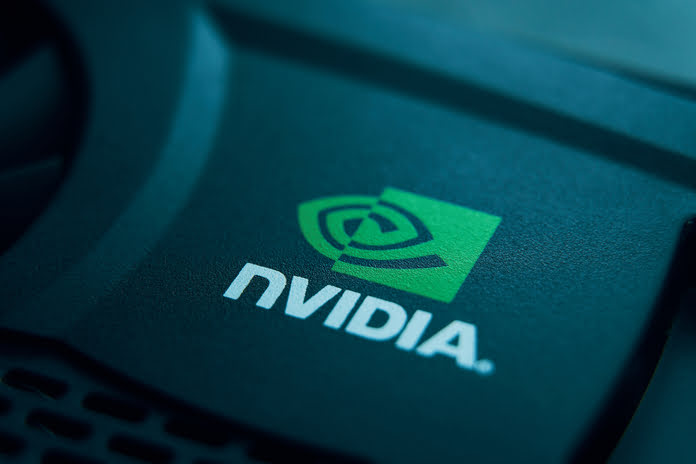As of 2022’s end, only four companies boasted trillion-dollar valuations—Apple (NASDAQ:AAPL), Microsoft (NASDAQ:MSFT), Saudi Aramco, and Google (NASDAQ:GOOG)—with Amazon (NASDAQ:AMZN) nearly there. Nvidia, despite leading the discrete GPU market and holding a significant position in the tech sector, hadn’t breached the trillion-dollar threshold. Although its niche wasn’t unprofitable, prices dipped in 2022, and growth slowed. However, increased demand for neural networks and AI training bolstered its data center segment, surpassing its GPU business.
Analysts speculated that Nvidia (NASDAQ:NVDA), valued at $364 billion in 2022, could triple its market cap and hit $1 trillion by 2030. Fast forward to today, Nvidia soared past the trillion-dollar mark, becoming the 5th US company to do so, currently standing at $1.67 trillion in market cap, with potential for more in pre-market trading.
How did Nvidia achieve this, and could it replicate this success to reach $2,000 per share?
A Brief Look at Nvidia’s Innovation Journey
Nvidia’s innovation streak dates back to 1999 with the unveiling of the GeForce 256, considered the world’s first GPU. Eight years later, it introduced the Compute Unified Device Architecture (CUDA), significantly enhancing GPU performance and enabling general-purpose utilization. CUDA’s importance cannot be overstated; it facilitated GPU utilization for tasks like cryptocurrency mining, rendering, and crucially, AI and machine learning algorithms.
Recent Financial Performance
Nvidia’s recent 4th-quarter report showcased remarkable results: a 265% revenue surge to $22.10 billion, primarily fueled by a staggering 409% growth in data center revenue year over year (YoY), constituting 83% of total revenue. The past quarters witnessed accelerated growth as demand for high-performance chips for AI platforms soared.
Looking Ahead: Is $2,000 Per Share Feasible for Nvidia?
Nvidia currently dominates the AI market, boasting a market share estimated between 70-90%. With a market cap of $1.67 trillion, aftermarket trading pushes it past $1.7 trillion, approximately $771 per share. However, reaching $2,000 per share entails a market cap of $4.94 trillion, a figure surpassed only by Microsoft’s $2.99 trillion.
While Microsoft took roughly two to four years to reach each trillion-dollar milestone, Nvidia’s trajectory remains uncertain. Though it’s plausible to breach $2 trillion soon, sustained revenue growth at the same pace appears unlikely, given the company’s slowing guidance.
Moreover, risks such as softened AI demand and increased competition, exemplified by Intel’s recent AI chip partnership with Microsoft, loom. Despite these challenges, analysts view Nvidia as a Strong Buy, with high estimates reaching $1,200.
In conclusion, while reaching $2,000 for Nvidia is not immediate, it remains a promising investment opportunity, albeit with certain risks and uncertainties.
Featured Image: Megapixl















